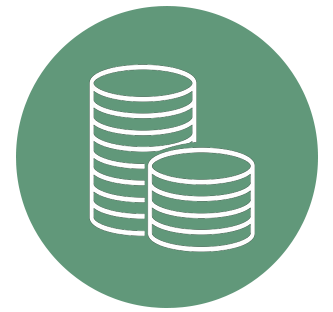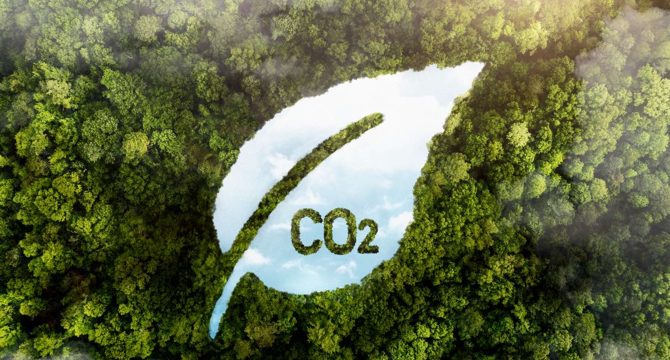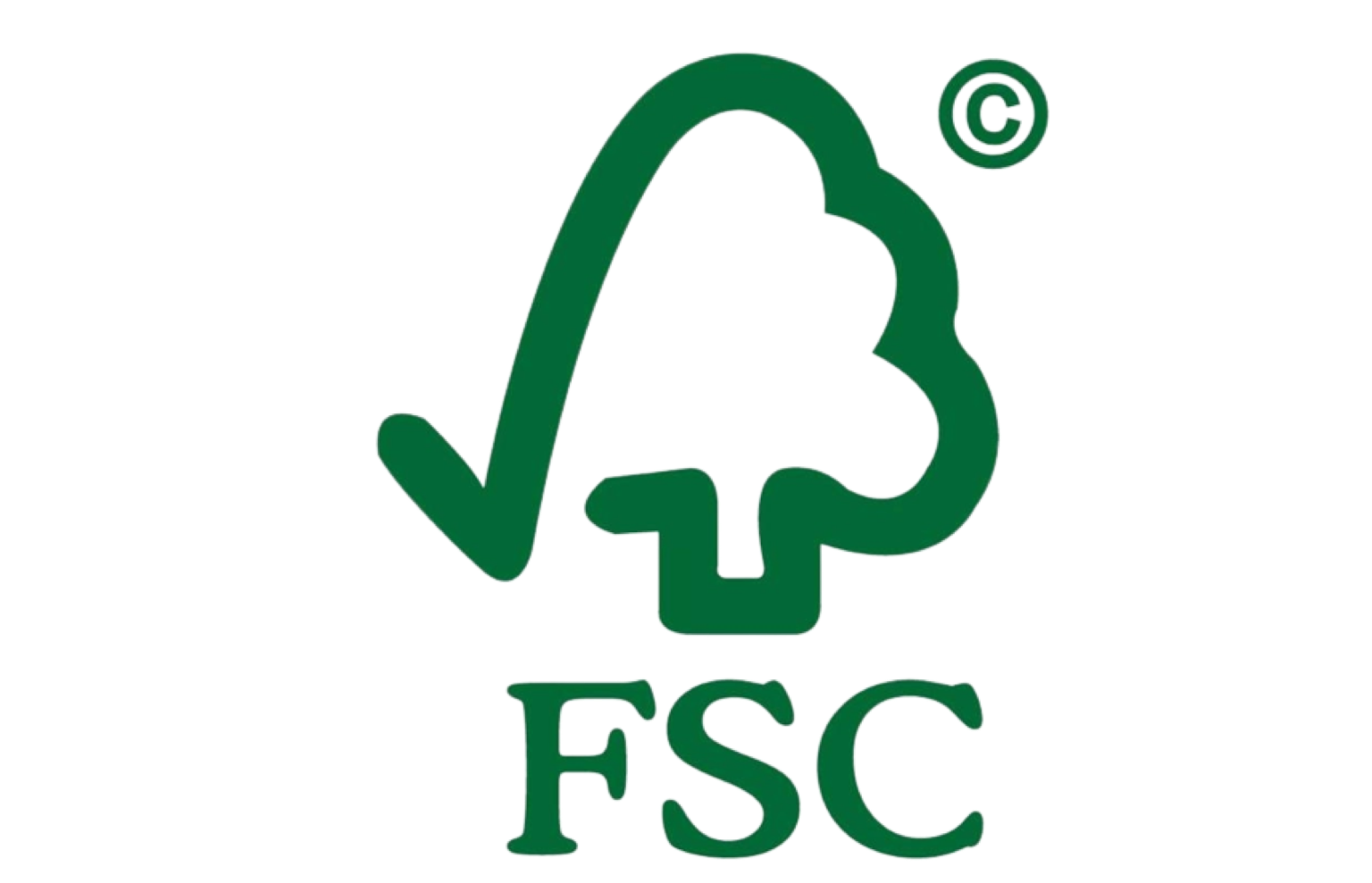Low Energy Consumption, Less Pollution, The Road To Green Printing.
Under the background of China's development of low-carbon economy, the printing industry has begun to explore the road of "Green Printing". In order to protect the ecological environment and establish a harmonious social environment, practicing the concept of green environmental protection, using environmentally friendly materials and innovative processes in the printing process is an important strategy for realizing low energy consumption and less pollution.
LinkPrint has long been committed to actively practicing green concepts, implementing green packaging and green printing, implementing environmental protection policies, and strengthening technological innovation and application.
Supplier Carbon Emission Reduction Cooperation
Supply chain: including green design, green procurement, green manufacturing, green logistics, green sales, green recycling and so on. In other words, from product design, procurement, warehousing, transportation, production, sales to recycling and reuse, it should be able to reduce carbon traces in the whole life cycle of products.
Packaging: LinkPrint Packaging not only purchases FSC ® certified raw paper according to customers' needs, but also implements the principles of Reduce, Reuse, Recycle and Degradation (3R1D principle) in packaging design, and utilizes the paper instead of wood and paper instead of plastic solutions.
Purpose 1: "To help customers reduce carbon emissions, enhance their brand image, and realize carbon reduction in the supply chain."
Purpose 2: "Also to call on more companies and individuals to join the ranks of low-carbon environmental protection".
Carbon Emission Reduction Methods
 Strictly control VOCs emissions. Strictly control
the VOCs emission standard of auxiliary materials (ink, varnish, wetting
solution, adhesive, cleaning agent, thinner, etc.), coordinate with partners to
use environmentally friendly raw materials, strictly control VOC emissions, and
prohibit the use of materials with polluting properties. Strictly control VOCs emissions. Strictly control
the VOCs emission standard of auxiliary materials (ink, varnish, wetting
solution, adhesive, cleaning agent, thinner, etc.), coordinate with partners to
use environmentally friendly raw materials, strictly control VOC emissions, and
prohibit the use of materials with polluting properties. |
 Strictly control the content of heavy metal
elements. Among printing products, ink is an important source of heavy metal
pollution. In the context of low-carbon economy, the content of these heavy
metal elements in the relevant printing products to make a strict control. Strictly control the content of heavy metal
elements. Among printing products, ink is an important source of heavy metal
pollution. In the context of low-carbon economy, the content of these heavy
metal elements in the relevant printing products to make a strict control. |
 Waste recycling. From the institutional level to
restrain the emission of waste, and its classification management. For
recyclable waste recycling, for non-recyclable tracking treatment, so that it is
standardized disposal, and ultimately maximize the use of resources. Waste recycling. From the institutional level to
restrain the emission of waste, and its classification management. For
recyclable waste recycling, for non-recyclable tracking treatment, so that it is
standardized disposal, and ultimately maximize the use of resources. |
 Saving resources and energy.LinkPrint utilizes
technical equipment such as computerized plate making, enterprise management and
digital proofing to save auxiliary materials and reduce the emission of
pollutants such as waste gas and waste water, and at the same time, improves
production efficiency and effectively reduces production costs.At the same time,
in the process design, the refined management, so that enterprises in the
production process of resource control is more reasonable, reducing the water,
electricity, ink, paper and other energy and resource consumption. Saving resources and energy.LinkPrint utilizes
technical equipment such as computerized plate making, enterprise management and
digital proofing to save auxiliary materials and reduce the emission of
pollutants such as waste gas and waste water, and at the same time, improves
production efficiency and effectively reduces production costs.At the same time,
in the process design, the refined management, so that enterprises in the
production process of resource control is more reasonable, reducing the water,
electricity, ink, paper and other energy and resource consumption. |

The cookie settings on this website are set to "allow cookies" to give you the best browsing experience possible. If you continue to use this website without changing your cookie settings or you click "Accept" below then you are consenting to this.

